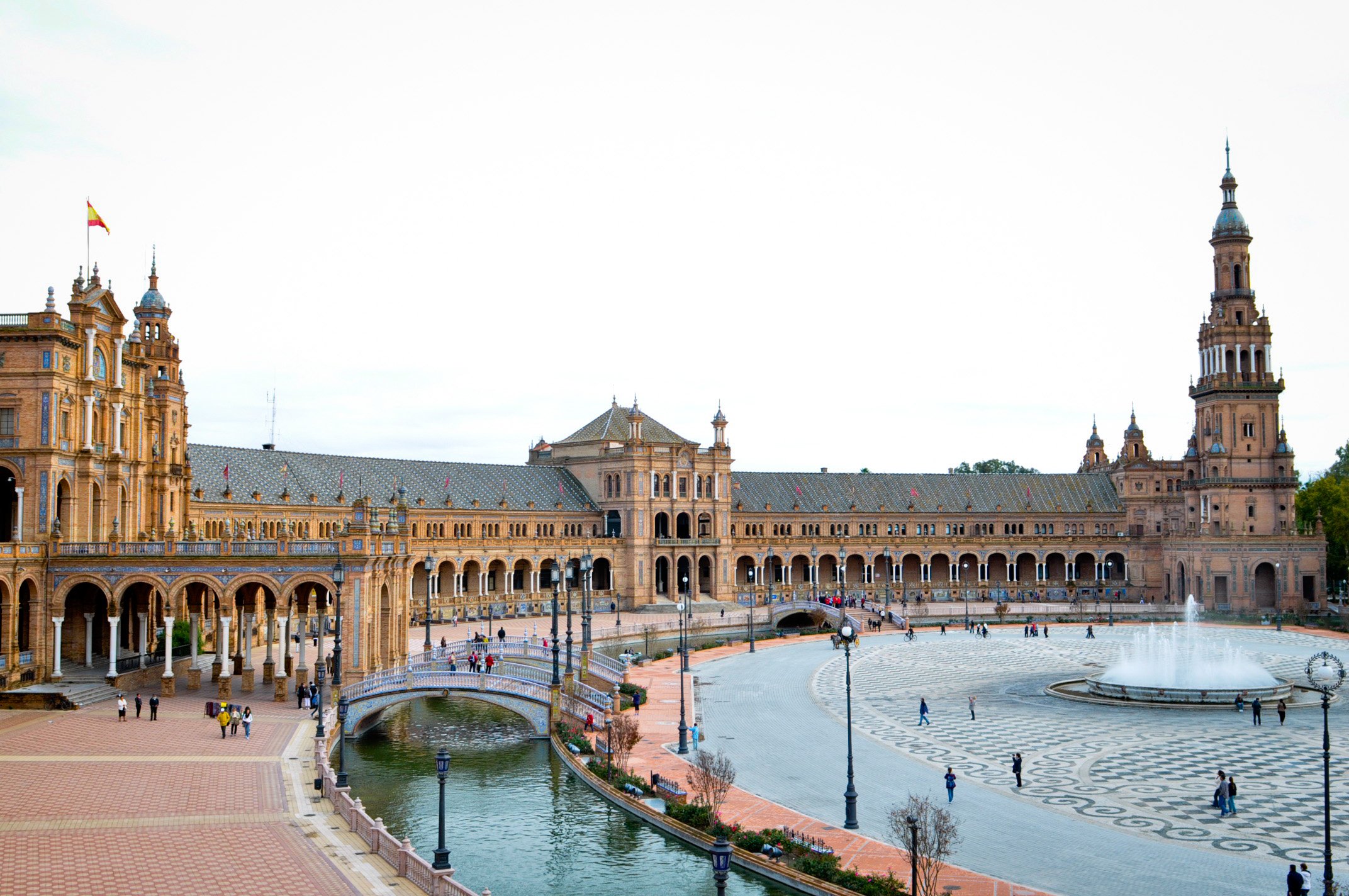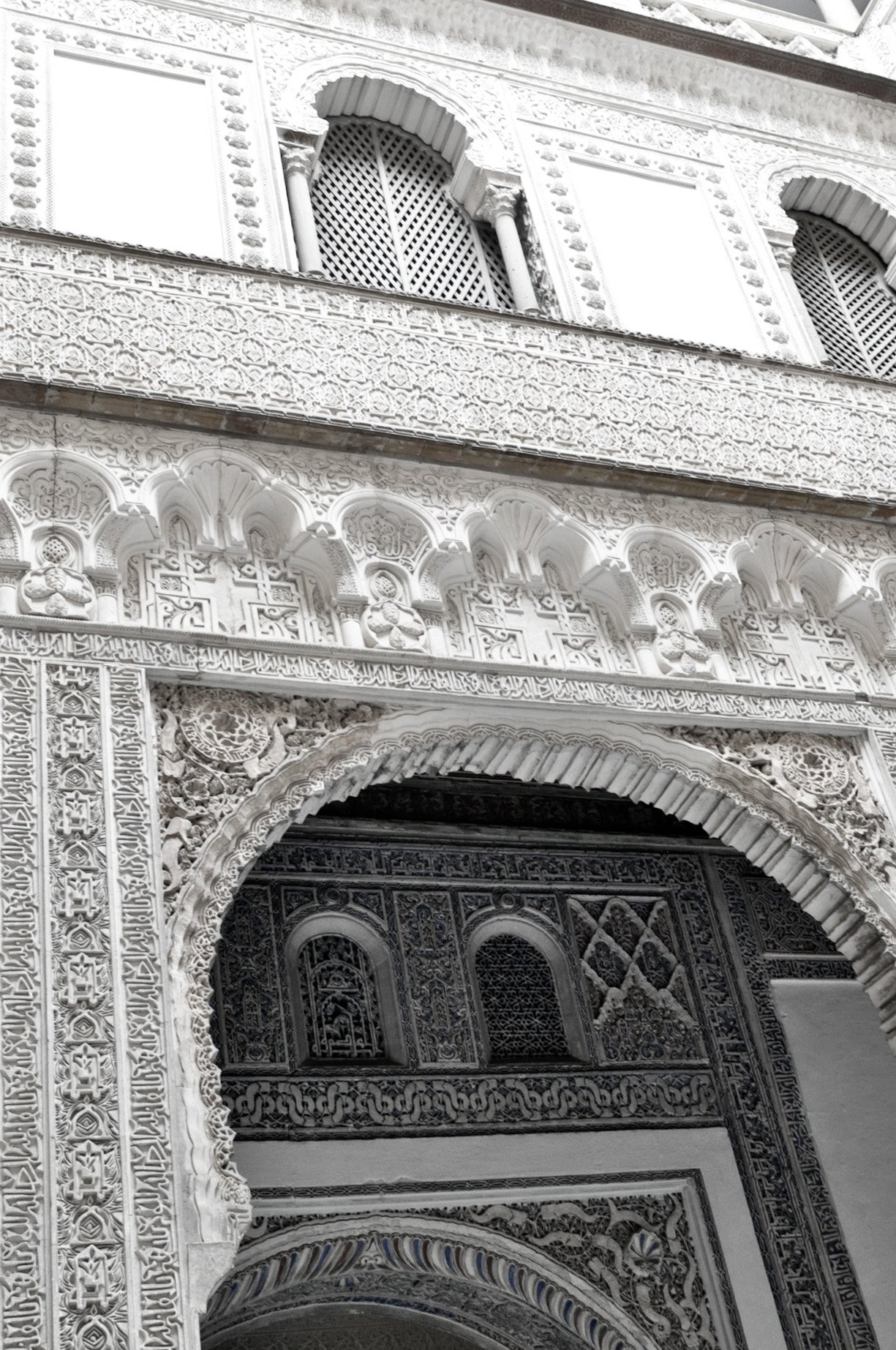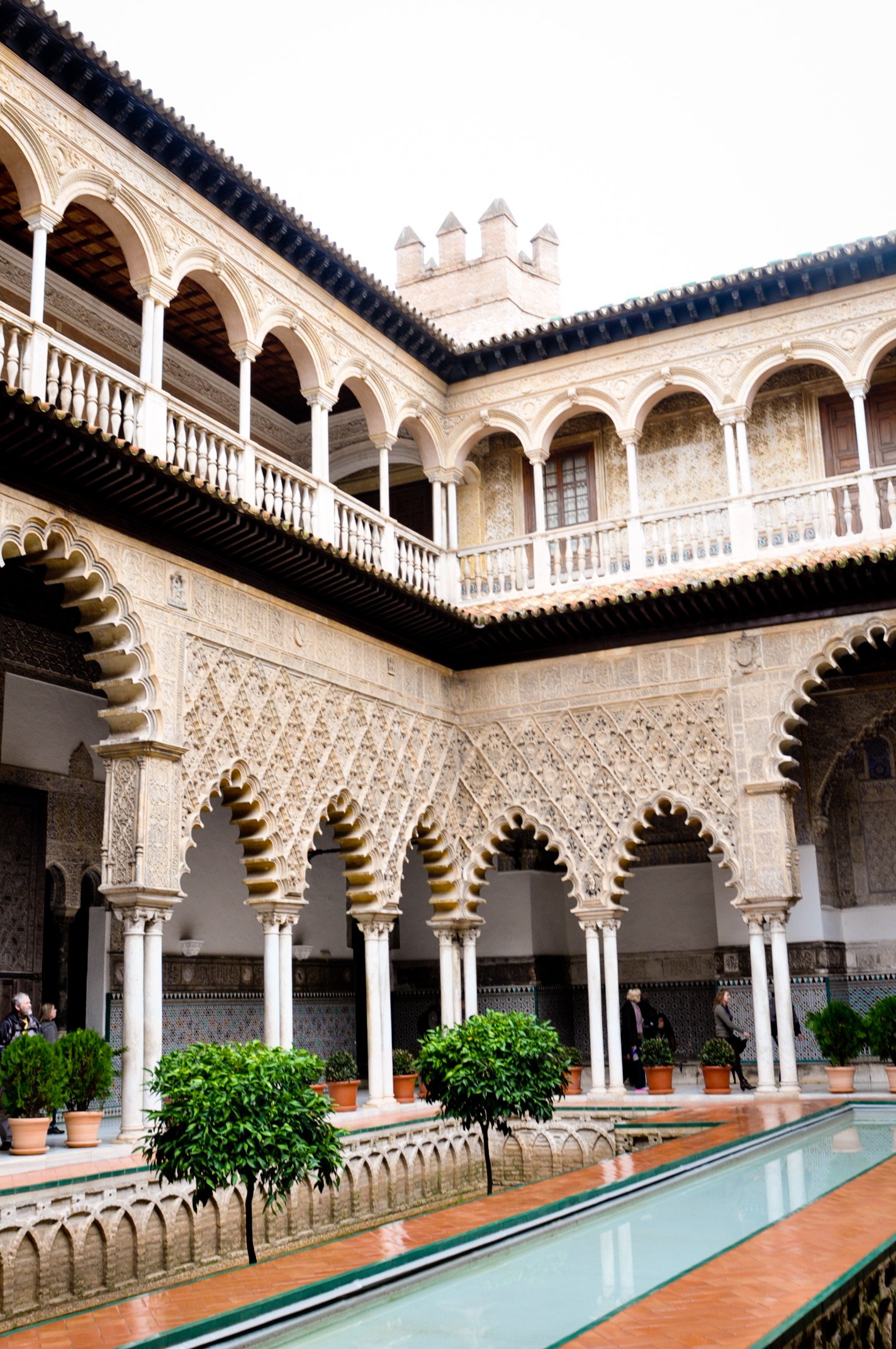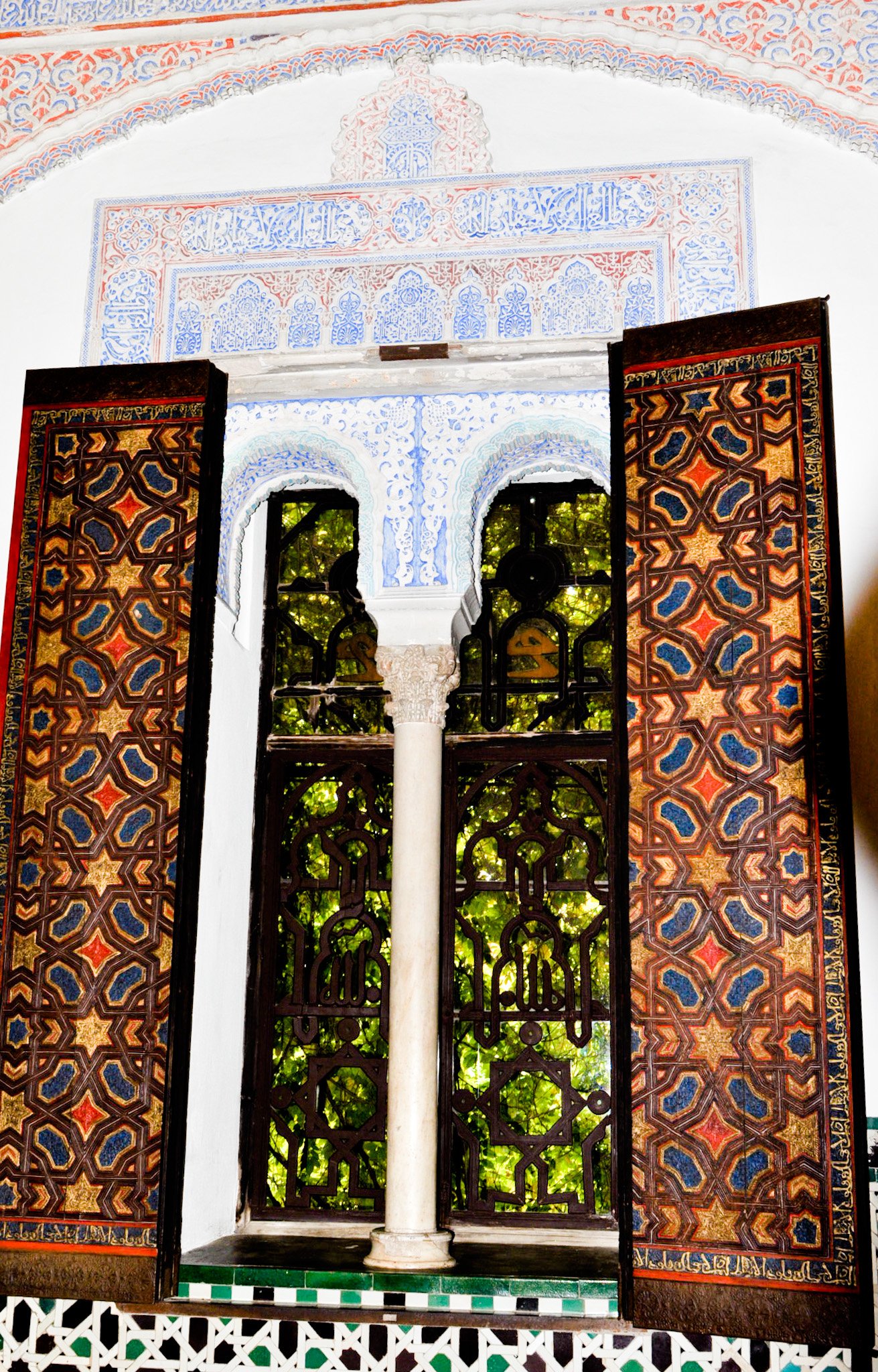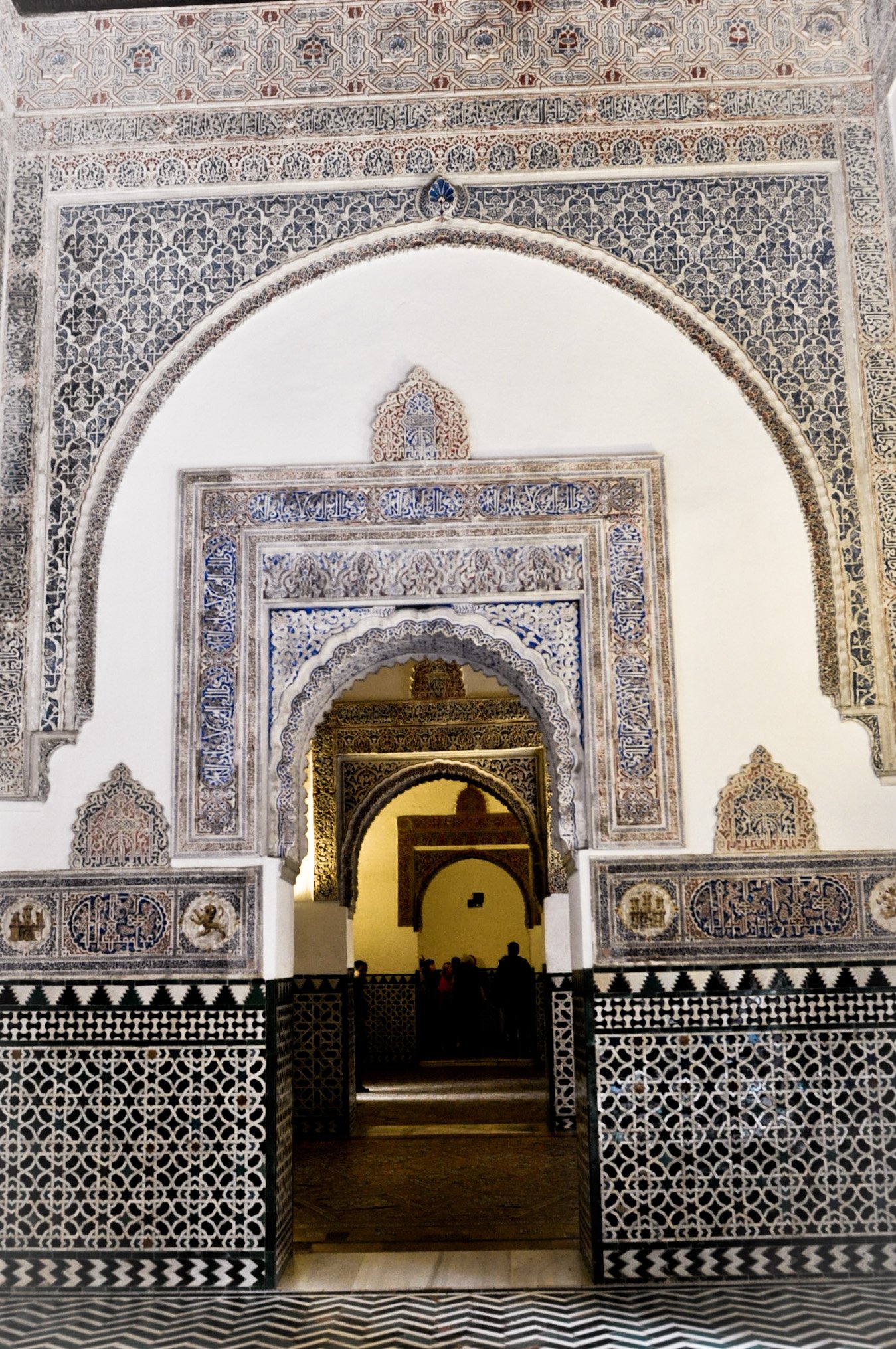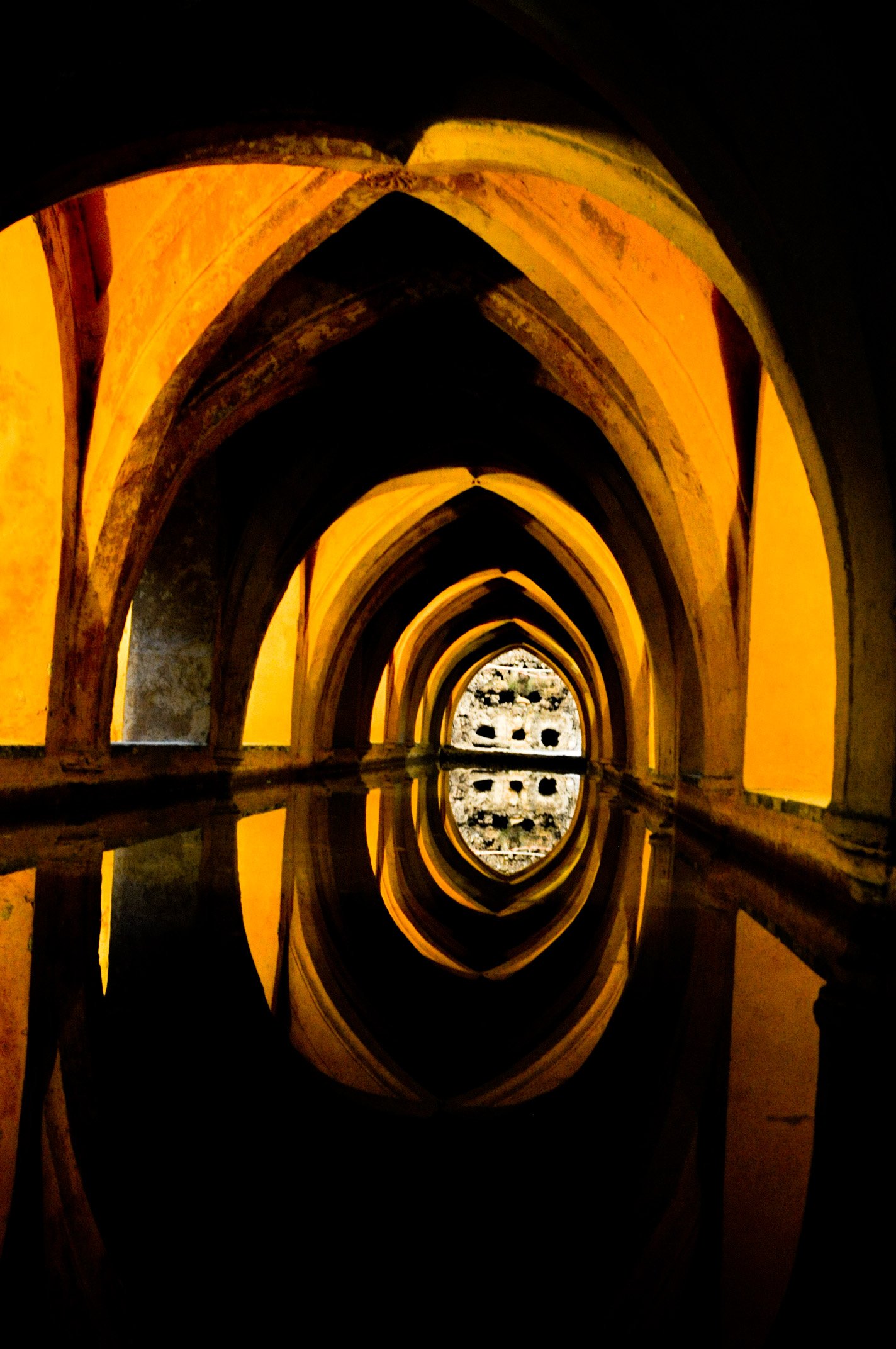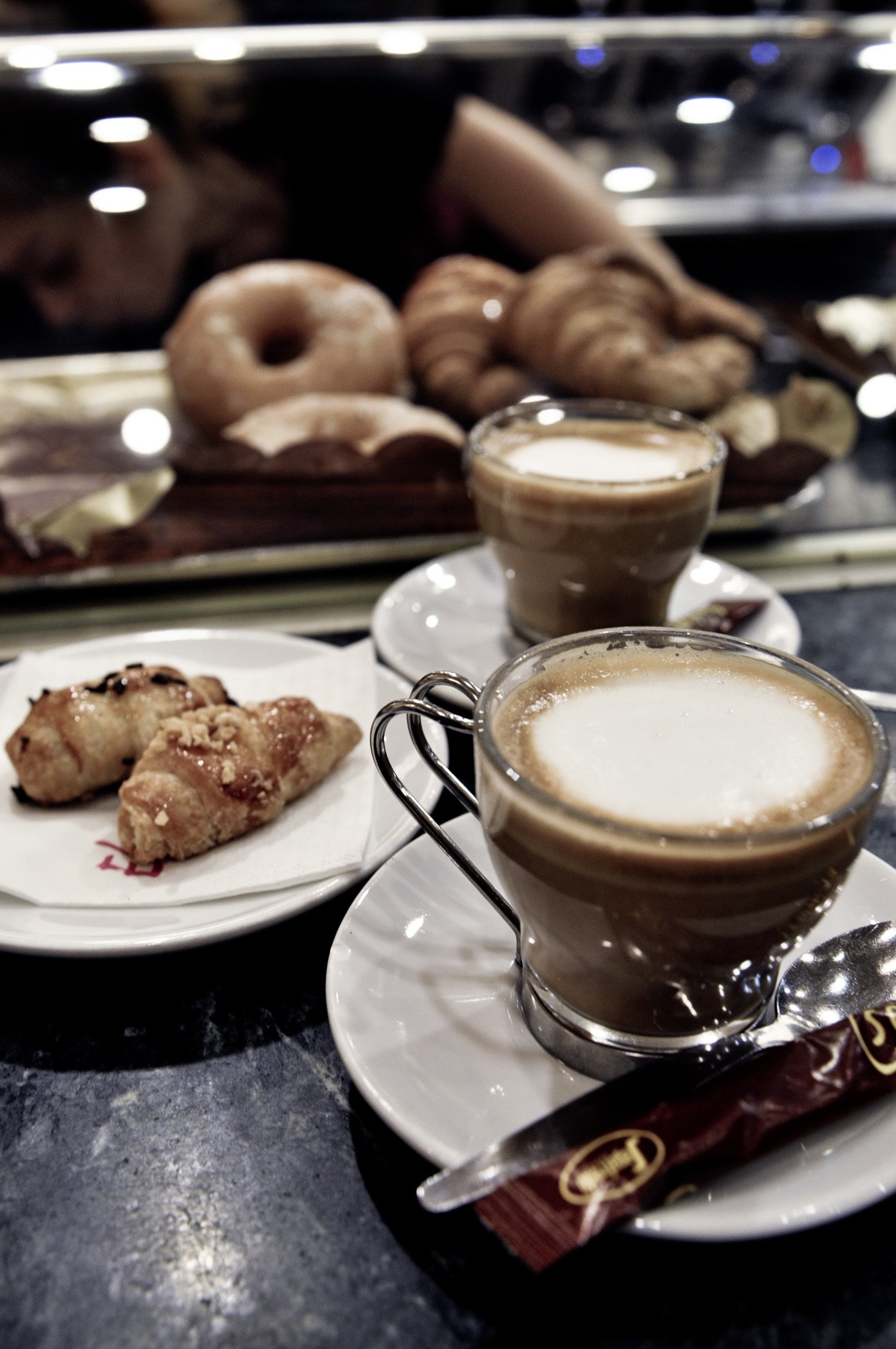Europe is a region steeped in History and the legacy, or even, burden, of major events has shaped each country’s evolution and outlook. In my travels across several countries in the region, this hypothesis has largely been validated and reflected in interactions with the natives as well as experiences in food and culture. However, Spain proved to be a countering experience in many ways. Spaniards, as we see them, are chivalrous, charismatic, easy going and in attitude leading one to believe that this particular region must have had the utmost peaceful existence for its denizens to have such an outlook.
In reality, as I learnt on my travels through the country, Spain has weathered (and continues to) several intensely fascinating and bloody turmoils in her long and tumultuous existence! Religion and Politics – the spices of any war have played an especially heavier hand in this area. Perhaps, that is indeed reflected in their cuisine – Bold and Fiery!
Even today, the aftershocks of the Spanish Civil War continue to be felt in sporadic protests in Barcelona (owing to the presence of this Catalonian region in the middle of Franco’s Spain) and Catalonia. The protests vary in intensity from peaceful gatherings to sporadic stoppages of the transport system. Yet, in Seville, one of the oldest cities in Spain, I witnessed a form of co-existence and even resonance; religious, between Islam and Christianity. In al-Andalus (Muslim Spain) the city was first the seat of the Caliphate of Córdoba, then made capital of the Taifa of Seville, which, was incorporated into the Christian Kingdom of Castile under Ferdinand III, who was first to be interred in the Seville cathedral. Archeological explorations date the city back to 8 th century BC, when the town was called Ispal or Spal by the Tartessians, the predecesssors of the Romans. The civilization of Spal advanced both culturally and economically through its peaceful trade with the Phoenicians. However, with the rise of the Persian and Ottoman empires, the nature of activity changed and colonization began in 6 th century BC.
The city carries this Islamic heritage in the stunning Alcazar, which, along with the Cathedral built much later and in the closest proximity that these two religions are ever seen, dominates the landscape of the city. Seville went through the hands of Romans, Germanic conquerors and the Grecians and eventually fell into the catholic hold in 585 AD through Greco-Roman influence. Even so, Christianity did not spread until late 1248 when it was conquered by the Castilian King Ferdinand III, who largely united Spain in its current geography and enforced a strong Catholic rule in his kingdom.
Since its conquest and subsequent promotion to the stature of Capital, the city only grew in power and wealth as the Spanish conquests expanded overseas. Over the centuries, Seville served as the crucial port of trade and became the economic epicenter of the empire as its location proved convenient for controlling the trans-oceanic trade routes.
Set against this brilliantly rich history is a city that today pays harmonious homage to its past through architecture, food and culture. Seville is a perfect spot in Spain, and even Europe, to get a powerful experience of the influences of various cultures in European history! There is no better place that reflects the Moorish and Roman with such equanimity.
On a recent visit, I spent three days in the city, soaking up the history, sun, delicious tapas and wine and of course being charmed by the hospitality of the Spaniards! Amongst the twisting and narrow streets are jewels of local wonder in the form of spectacular structure of the past, hidden gems of century old food purveyors and theaters of incandescent flamenco performances.
It is very easy to wander about the city and basking in the stunning sights and warmth of Spanish hospitality would be immensely pleasurable. But, if you are in for a short visit, there are a few must experiences for every traveler to the city. If you are a history buff, I would recommend getting a guided history tour of the city; however, it is entirely doable on your own with the help of the innumerable smart phone apps as mobile guides.
Sights
Alcázar
This Moorish palace is a spectacular example of the Persian influence in the city. I have witnessed many examples of Islamic architecture in India and, can, on that authority, say that this structure is indeed one of the finest you will see of the culture West of Iran.
The structure itself is beautifully preserved and although small compared to the massive forts and palaces of North India, it nevertheless makes a distinct impression on the viewer. With intricate scrolls, carvings and bejeweled ceilings, it is a sight that leaves one in awe. The palace was originally a fort that became the dwelling of Ferdinand I and was later restored by Peter of Castile and Charles I. The most stunning feature of the is the Patio de las doncellas (Court of the Ladies) with its gorgeous interlaced arches of white marble (that unlike the Taj Mahal are still white!) supported by 52 columns.
When you visit, be sure to search to the faces of six cherubs carved into the façade of the arches. If you find all of them, it is believed to bring good luck!
The Hall of Ambassadors with its jeweled domed ceiling and painted faces of the legions of royalty set amidst azulejos (glazed tiles) and Arabic decorations is a beautiful poetic manifestation of the Moorish style.
My favorite part of the palace is the gardens with its fountains. Some of the fountains are still functioning and the lush flora provides a very appealing backdrop to the structure. Also, if at any time, you are overwhelmed by tourists, a leisurely walk amongst the orange trees and luxurious gardens is great for a little quiet time.
Also by the Alcazar are some of the best tapas places in the city. In good weather, the streets are packed with alfresco diners. While the norm is of late meals, lunch times can spread a wide range with tourists and locals coming in for a few plates and a lot of friendly chatter.
Plaza de España
The plaza located in the Parque de María Luisa, itself a beautiful oasis resplendent in foliage, was built in 1928 for the Ibero-American Exposition World Fair of 1929 in a revival of Renaissance style. It was built to showcase Spain’s presence in industry and technology.
The sweeping foyer of the plaza is dominated by a stunning fountain that both frames and plays the center point of the plaza. Along the front, inlaid into the building, are the emblems of each of Spain’s regions. If you are visiting other regions of Spain, it is a fun stroll trying to find the region/city’s name and discover the history of it as represented on its individual seat.
Seville Cathedral
Literally a stone’s throw away and facing the Alcazar is this gem of the Christian heritage of the city. While in placement, it shares the light with the Palace, it definitively dominates the sky line of the city with its steeple tower majestically rising into the sky with a distinct Catholic stamp.
The building leaves a deep imperialist impression on the visitor. With its tall brooding arches richly engraved to Gothic heights and a dominating old organ the church is reminiscent of its past splendor. However, unlike its counterparts in other parts of Spain and Europe, and perhaps because of the style of architecture with narrow, tall windows that allow little natural light, leaves a dark and oppressive feeling despite the enormity and splendor of the space.
Food and Wine
Some of the best places to eat are those that you perhaps pass by as you traverse the winding, criss-crossed streets of the city. Spaniards tend to dine later, so restaurants and tapas joints fill up later and very quickly then. There is nearly no place you can go wrong with to enjoy a robustly flavored meal washed by flavorful wine.
Keep a look out for overhanging crowds and the musical note of laughter in your search of a good savory bite. Don’t be daunted by the old décor and no-frills look of most places. They have some of the best food in the region! Pick up a conversation with the local next to you and you will have a thoroughly enjoyable evening despite language barriers. The warmth of the people is an enveloping experience.
In sharp contrast to the bold flavors of the Spanish cuisine, the wines of the region are mellow, smooth yet full bodied. They pair perfectly whether you are in the mood for a flight of tapas of an elaborate degustation. While, most of us are most familiar with the Rioja family of wines as the Spanish export, while in Seville, I found a few really delicious wines from smaller, local wineries. Although, I was unable to procure these to bring back, I recommend making the most of your visit and steering away from big brand name wineries that export worldwide.
Favorites: Bodega Santa Cruz, Los Coloniales.
Also, there are any numbers of traditional Spanish pastry shops dotting the city with a variety of recognizable and different offerings that are all equally delicious and well worth a stop along your day of touring.
Finally, no visit to Seville is complete without an evening of spectacular dance and music performance, namely the Flamenco.
For me, this art style is the best representation of the beautiful harmony of Spain’s heritages. A beautiful intermingling of Andalusian and Romani music and dance styles, the art draws on the deep, soulful Sufi ballads paired with heart pounding, rapid and emotionally expressive dance forms. There are a few theaters that offer nightly performances and any of them is a great choice for an enchanting evening that leaves you inspired and spirited!

